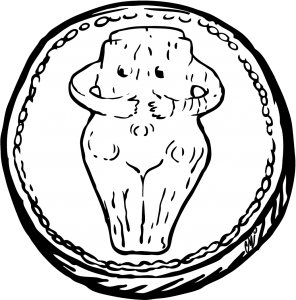Exhibition at the Suțu Palace
Old and rare books from the time of Phanariot rulers

The year 2021 marks the 200th anniversary of the end of the Phanariot regime, which in Wallachia began in 1716 and ended in 1821. On this occasion, we propose a retrospective look at the cultural achievements of this controversial era, from the perspective of book and print. The exhibition will present prints published during the Phanariot reigns, from the patrimony of the Bucharest Municipality Museum, which are part of the Library’s old and rare book collection. We thus offer the public a window open towards the still darkened horizon of the Phanariot era, facilitating a more correct perception. Church, didactic, scientific, legal and fiction books will be exhibited, printed in the printing houses from Bucharest and Râmnicu-Vâlcea under the patronage of the Phanariot rulers, starting with the first of them, Nicolae Mavrocordat and ending with the last, Alexandru Suțu. We will add the first editions of books published in Vienna and Leipzig at the authors’ own expense or through the public subscription system. Most copies fall into the category of so-called “travel books”. The handwritten notes made over time on their pages by those who were their temporary owners, allowed us to reconstruct the road they traveled from the exit of the printing house to the current destination. Authentic exhibits will be complemented by materials referring to printers, publishers, editors, typesetters and engravers, illustrating the interaction between the “world of books” and the “people of books”.
Against the theoretical background of contemporary historiographical reconsiderations and with the documentary support of the specimens coming from the museum’s patrimony, we aim to offer another image of this era, perceived exclusively as full of abuses, tyranny and regress. If in political, fiscal, economic and military terms the Phanariot regime had negative aspects, in cultural terms the policy of the Phanariot rulers did not have the detrimental consequences that were attributed to it over time. The Phanariot princes were accused of expelling the Romanian language from the Royal Court and of the School, replacing it with the Greek language, of supporting the establishment of the Church’s monopoly on printing and of introducing censorship. They were reproached for not setting up printing houses and for leaving the printing of books in the care of the archbishops, who being mostly of Greek origin, would not have been interested in publishing books in Romanian.
Our approach is an argument, supported by expository means, that culturally the era of the Phanariot rulers is not a dark period, stagnation and epigonic imitation of the past, but an obvious progress, preparing the national renaissance of the first half of the nineteenth century. It will show that the Phanariot rulers loved books, teaching and learned men, and the print played an important role in their projects to reform society. Most of them were cultured people, some wrote and translated books and had significant libraries. Under their patronage, schools and printing houses were set up, both Romanian and Greek, and more books were published in Romanian than in Greek. They also issued the first regulations in the field of printing and selling books in the Romanian Lands. The royal patronage manifested by authorizing the establishment of printing houses and by granting fiscal privileges to the owners of workshops and printing houses. During this period, ten printing houses operated in Wallachia, where over 300 prints were printed, mostly in Romanian, but also in Greek and Slavonic. The main publishers were the high hierarchs, archbishops and bishops, both Romanians and Greeks, who made their typographies real publishing houses. Analysing the motivations of publishing and dissemination practices, it results that the pattern was used as a means of spreading book science, consolidating the internal Orthodoxy, supporting the Romanian Orthodoxy in Transylvania, as well as supporting the South-Danubian and Eastern Orthodoxy.
We invite you to (re)discover the purpose of the book in an era when the Romanian world oscillated between tradition and renewal, and between Reason and Feeling, the role assigned to the press by the State ‒ represented by the Prince and the Church ‒, as well as the small “travel stories” from the Library of the Bucharest Municipality Museum.
Dr. Daniela Lupu
Head of Documentation, Library and Archive Department

